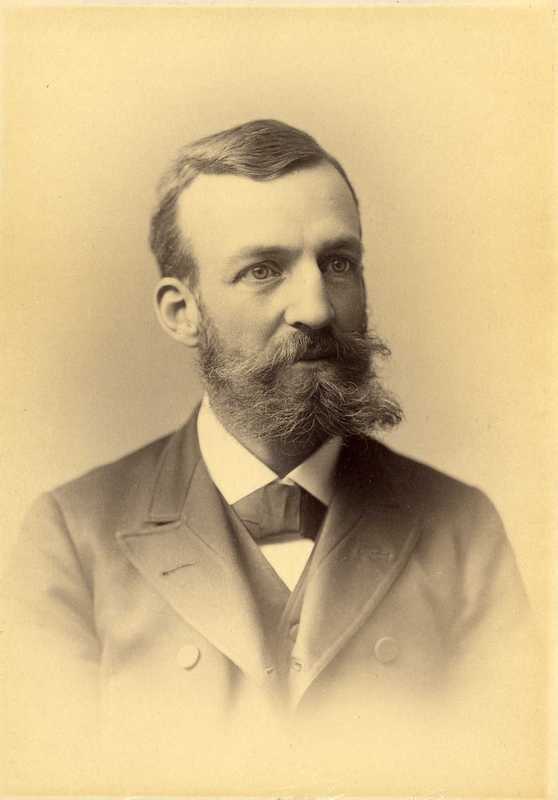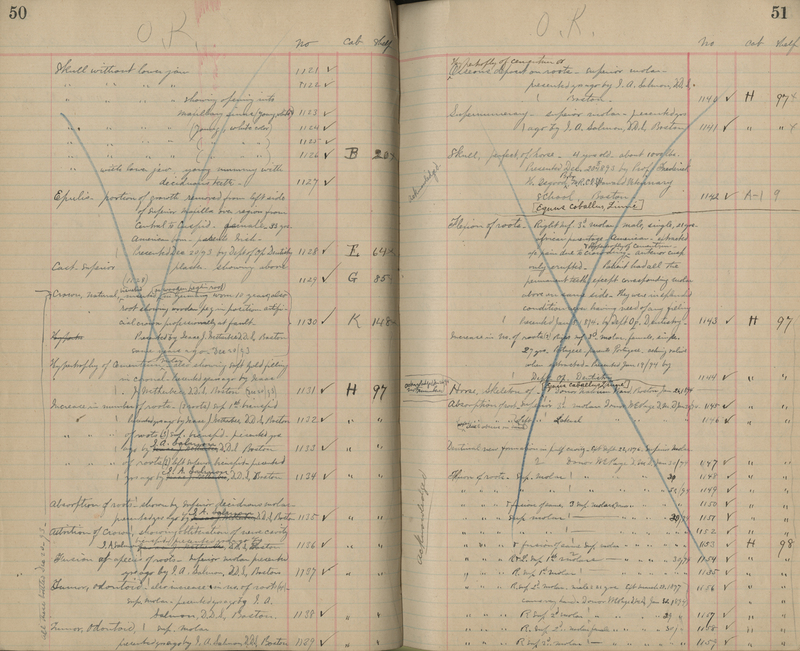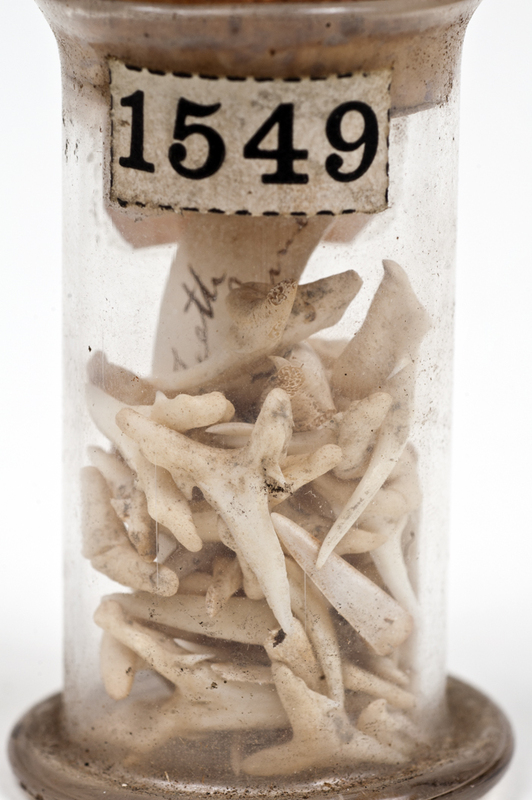Boardman's Revolution
By 1891, the Museum appears to have become large enough to cause some measure of concern to the Dental School. At its meeting on June 18, the faculty "voted to devote the sum of $300 to the purchase of a cabinet or cabinets for the proper arrangement and care of our Museum, and the payment of a curator during the summer months. Dr. Boardman was suggested as a suitable man and one likely to accept the duty." Waldo E. Boardman was reappointed to the curatorial post in June 1893, and proved suitable enough to hold the curatorship of the Dental Museum for the next thirty years—a tenure which ended only with his death.
Waldo Elias Boardman (1851-1922) came late to dentistry, after working in the shoe business, then as a patent solicitor, and in newspaper publishing. He received a degree from the Harvard Dental School in 1886 and joined the faculty as an instructor in operative dentistry in 1891, but appears to have spent most of his attention on the Dental Museum "which had hitherto been left mostly to itself, specimens being simply placed in the cases without care or order." A formal Standing Committee on the Museum was first appointed in 1893 to assist and advise the curator.
Boardman proceeded with the work of arrangement, labeling, and cataloging of specimens, and by the following year, the Dean, Thomas H. Chandler, could report favorably on the "revolution" which had taken place in the Museum:
It is hoped in this way to excite an interest in the matter among our graduates, calling their attention to the existence of the Museum and to the desirability of increasing it. Many a model, mould, or abnormal tooth is now thrown away which, if preserved and placed in a systematic collection, would be of great interest. It is to save this now wasted material that we desire to excite an interest in our collection …. This work of Dr. Boardman's is deserving of the highest approbation. Without his zeal and faithful endeavors it would not have been accomplished.
The 1893 Announcement of the Dental School is the first indication of major changes and activity in the Dental Museum, and a description of the collection is included under the heading "Clinical Advantages" of the School:
The Museum contains nearly 2,000 specimens, and offers unusual facilities for study of the teeth. The pathological anatomy of the teeth is shown by nearly 1,000 specimens, among which are over two hundred dissected teeth showing formations of secondary dentine in the pulp cavity, and also many other rare specimens of great value. There are 600 other specimens of human and comparative anatomy, illustrating a wide range of knowledge.
For the first time, accurate statistics on the size and scope of the Museum become available—the number of specimens increasing rapidly, exceeding 3,500 by 1904.
No photographs, unfortunately, exist of the Dental Museum in the North Grove Street building, though one of Waldo E. Boardman's reports to the Dean contains a vivid description of the facility at the century's end:
The Museum occupies the balcony on west side of the east operating room, second floor of school building, covering a floor space fifty-four feet long by about seven feet wide. It contains on one side eight upright cabinets for pathological, crown & bridge-work, mechanical & other specimens. On the wall surface extending of balcony, is a cabinet in one continuous whole divided into ten compartments with double doors to each. Three of these cabinets contain specimens of comparative anatomy and the others mechanical appliances, instruments, etc., containing in all between 3,000 and 4,000 specimens.



